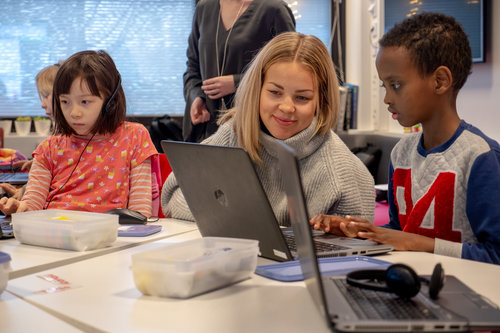 In Finland, we have this thing called Sisu. It’s a little difficult to translate, but basically it means grit,
perseverance or unwillingness to yield. In practice, it means that a stereotypical Finn does not give up, no
matter what. It can be about sports, competition or with anything related to everyday life. Finnish PhD researcher
Emilia Lahti has studied Finnish people’s perceptions of Sisu and notes how passionate we are about the concept:
Finnish find Sisu as something that “enables extraordinary action to overcome mentally or physically challenging
situations” or as a “fire that burns through anything”. Yes, the Finns can be overly dramatic sometimes.
In Finland, we have this thing called Sisu. It’s a little difficult to translate, but basically it means grit,
perseverance or unwillingness to yield. In practice, it means that a stereotypical Finn does not give up, no
matter what. It can be about sports, competition or with anything related to everyday life. Finnish PhD researcher
Emilia Lahti has studied Finnish people’s perceptions of Sisu and notes how passionate we are about the concept:
Finnish find Sisu as something that “enables extraordinary action to overcome mentally or physically challenging
situations” or as a “fire that burns through anything”. Yes, the Finns can be overly dramatic sometimes.
But let’s ignore Finland for a minute and talk about Singapore Math. The basic concept of Singapore Math is that less topics are taught, but the topics that are covered are taught in more detailed level. The learning process consists of three steps: concrete level (were items such as blocks or dice are utilized), pictorial level (where the same concepts and problems are represented with pictures) and finally the abstract level, where the problems are solved in “traditional” way by utilizing mathematical symbols and digits. Since Singapore is dominating both, PISA rankings and TIMMS scores, it’s no wonder everybody is so interested in their approach in mathematics learning.
 But back to Finland: traditionally, we have also done very well in reading, mathematics and science in PISA
rankings. Quite similarly to Singapore Math, the math education in Finland is based strongly around problem
solving. Although the three steps are probably not emphasized as formally in the Finnish version, we do use
tangibles quite a lot to make the connection between concrete objects and abstract concepts. In fact, even though
there are some minor semantical differences between the two, Singapore Math is really close to the methodology
used frequently in all elementary schools throughout Finland.
But back to Finland: traditionally, we have also done very well in reading, mathematics and science in PISA
rankings. Quite similarly to Singapore Math, the math education in Finland is based strongly around problem
solving. Although the three steps are probably not emphasized as formally in the Finnish version, we do use
tangibles quite a lot to make the connection between concrete objects and abstract concepts. In fact, even though
there are some minor semantical differences between the two, Singapore Math is really close to the methodology
used frequently in all elementary schools throughout Finland.
But what about the Sisu thing we started with? The connection between Sisu and learning becomes obvious after witnessing countless times students in the digital environment re-taking the same exercises over and over again until the final point is drawn and the brightest of the virtual trophies is collected. Gamification an important part of the process, and a teacher capable of motivating students even more important. But Sisu is about more than that. The spirit needed to push your limits for one last time to solve the final, most demanding calculation and to collect the missing points is what Sisu is all about: not giving up.
And that is where technology steps in. In the digital world, the students are able to try again after failing. Automatic assessment accompanied with immediate and meaningful feedback enables a learning process where failure is not something to be ashamed of, but instead something to learn from immediately. It is possible to combine the best approaches of Singaporean and Finnish pedagogy in digital learning environments: even without concrete objects, it is possible to utilize the three steps and base the pedagogical approach on problem solving. But to aim for the best results, we need something very Finnish. We need Sisu.
Other blogs